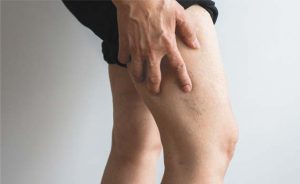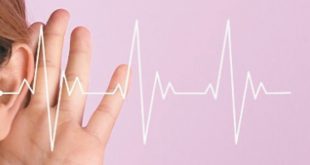

What causes leg pain?
It’s important to see a doctor when the pain is severe or chronic. Depending on the cause of pain, treatment can vary wildly. The most common causes of leg pain are:
• Diabetic Neuropathy
• Fibromyalgia
• Deep Vein Thrombosis
• Shin Splints
• Ruptured Achilles Tendon
• Sciatica
• Varicose Veins
• Multiple Sclerosis
• Peripheral Artery Disease
• Shingles
• Stress Fractures
• Sprained Ankle
• Osteoporosis
The most common symptom of peripheral vascular disease in the legs is a pain in one or both calves, thighs, or hips.
• The pain usually occurs while you are walking or climbing stairs and stops when you rest. This is because the muscles’ demand for blood increases during walking and another exercise. The narrowed or blocked arteries cannot supply more blood, so the muscles are deprived of oxygen and other nutrients.
• This pain is called intermittent (comes and goes) claudication.
• It usually is a dull, cramping pain. It may also feel like a heaviness, tightness, or tiredness in the muscles of the legs.
• Cramps in the legs have several causes, but cramps that start with exercise and stop with restmost likely are due to intermittent claudication.When the blood vessels in the legs are completelyblocked, leg pain at night is very typical, and the individual almost always hangs his or her feetdown to ease the pain. Hanging the legs downallows for blood to passively flow into the distal part of the legs.
Treatment options
Depending on the severity of PVD, treatment includes changes in lifestyle, medications, or surgery to treat symptoms, stop the progression of the condition, and decrease the risk of heart attack or stroke.
Lifestyle changes
Various lifestyle modifications may keep the peripheral vascular disease from progressing:
• Maintaining a healthy diet helps lower high cholesterol as well as lipid levels. A healthy diet also helps lower blood pressure. Both high cholesterol and high blood pressure are contributing factors in the progression of peripheral vascular disease.
• Engaging in regular exercise increases circulation and helps condition the muscles so that oxygen supplied from the blood can be effectively used.
• Quitting the habit of smoking eliminates a primary risk factor for the progression of PVD. It also lowers the risk of amputation (a complication of severe PVD).
• Obtaining treatment for medical conditions that contribute to PVD, such as high blood pressure, high cholesterol, and diabetes helps prevent the progression of PVD.
If help is needed with lifestyle modifications, meeting with a behavioral psychologist or nutritionist is beneficial.
Vascular and Vein Center at Gulf Coast Surgeons
gulfcoastsurgeons.com
877-LEG-PAIN
Fort Myers
8010 Summerlin Lakes Dr., Ste. 100
Fort Myers, FL 33907
Cape Coral
1003 Del Prado Blvd., Ste. 303
Cape Coral, FL 33990
Bonita Springs
24301 Walden Center Dr., Ste. 102
Bonita Springs, FL 34134
 Southwest Florida's Health and Wellness Magazine Health and Wellness Articles
Southwest Florida's Health and Wellness Magazine Health and Wellness Articles

